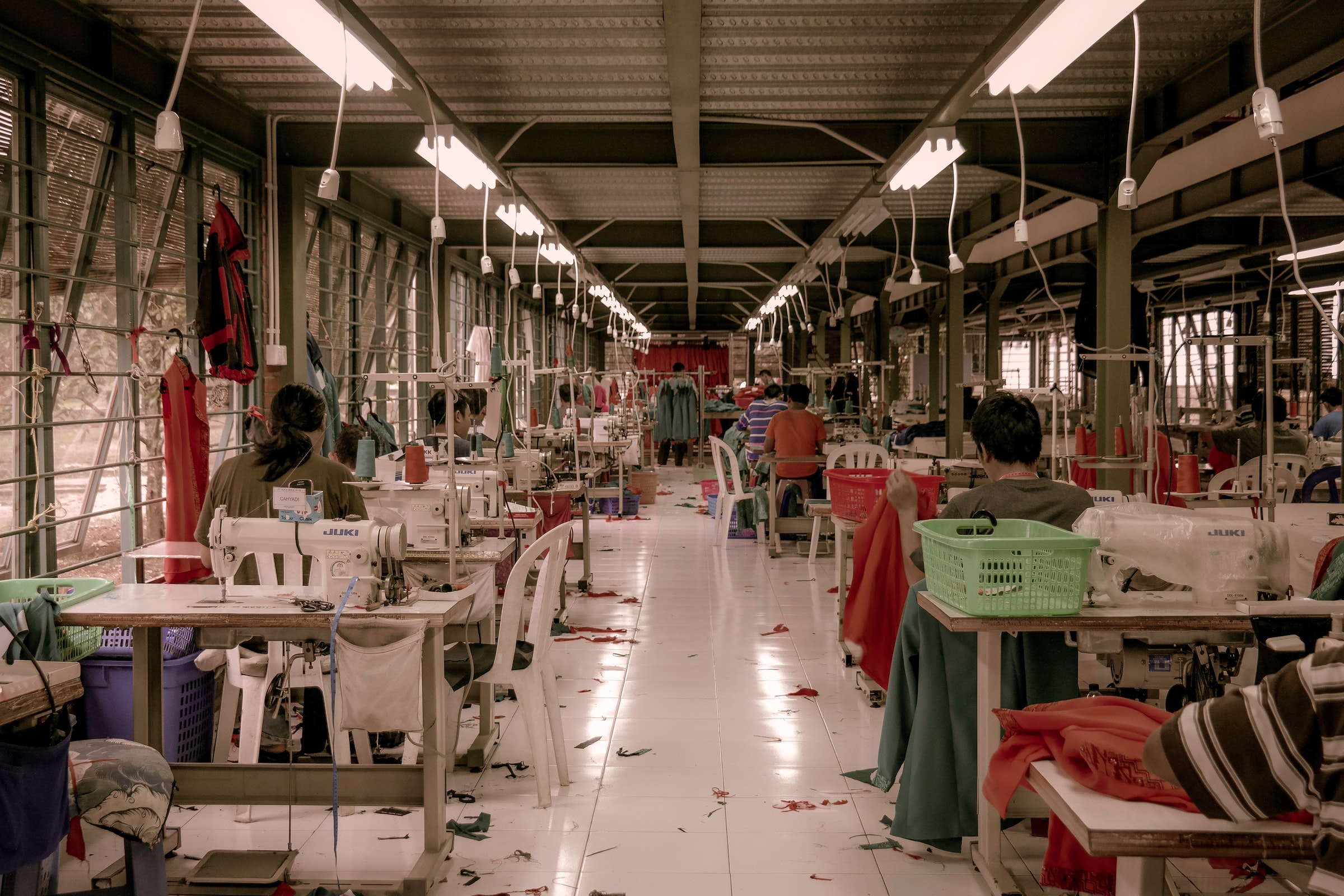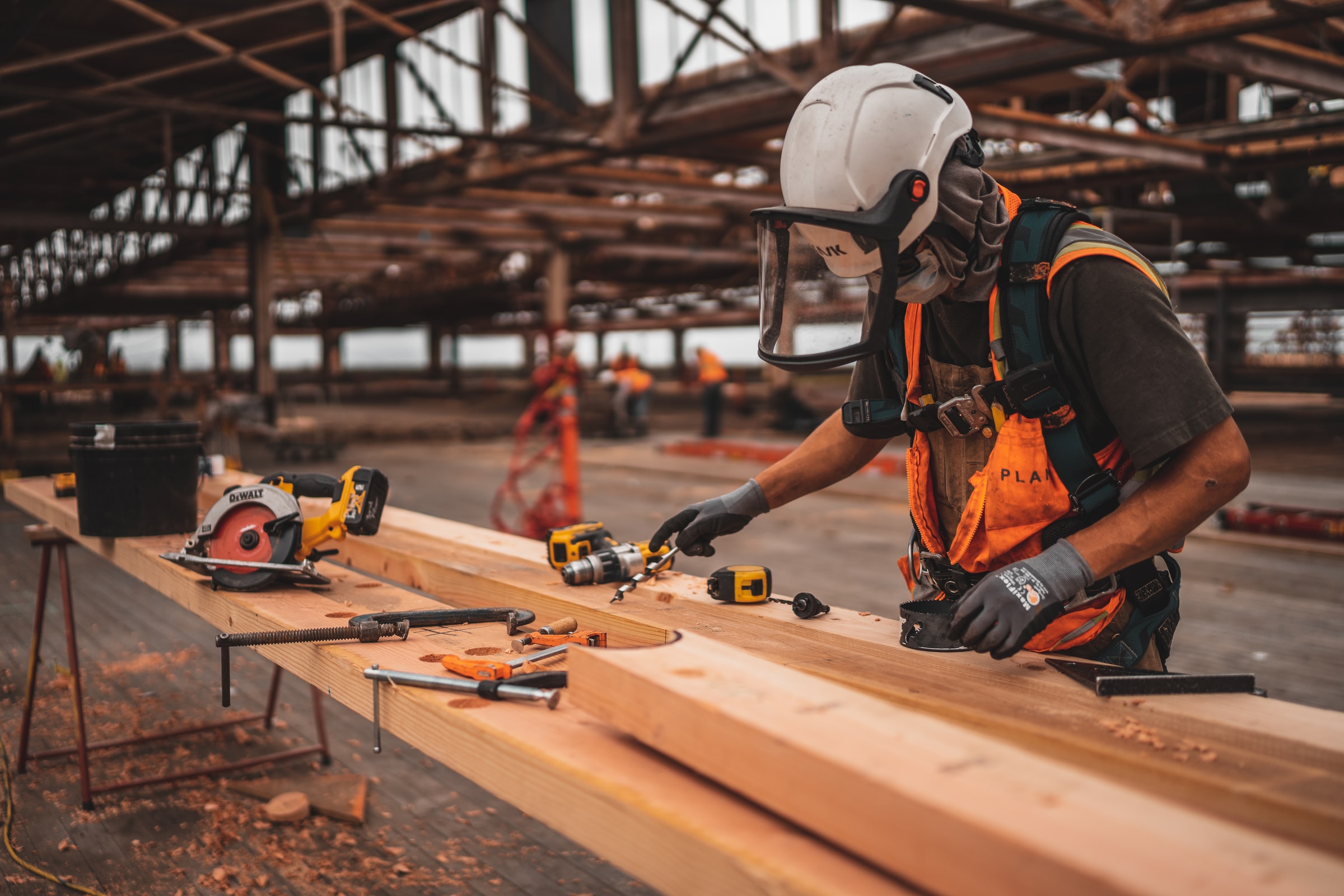Outline of Global Sustainability in OHS

ANDY TILLEARD
EHS Consultant
EazySAFE
What is sustainability?
A common definition for sustainability, in general, is to ensure that we have “…ability to meet the needs of the current generation without compromising the ability of future generations to meet their needs.” It fundamentally relates to the available resources that we have and how we optimise these for today and tomorrow. It is an issue that has a history; for example, a recognition that we as humans must consider sustainability holistically was stated in the United Nations Brundtland Commission report. (1) in 1987 and again in the 1997 UNESCO ‘Declaration on the Responsibilities of the Present Generations Towards Future Generations’.(2)
Sustainability has become a buzz word in recent times and today, we consider sustainability in terms of three significant aspects:
- Social
- Economic
- Environment
Occupational health and safety is generally considered to be a subset of social sustainability, but where does occupational health and safety fit into this sustainability framework?
What is the sustainability of OHS?
For occupational health and safety, sustainability concerns that of the human resource; “Protect labour rights and promote safe and secure working environments for all workers, including migrant workers, in particular women migrants, and those in precarious employment” (3) Essentially. it is for the promotion of the safety, health, and welfare of workers.
There are many examples to illustrate unsustainable OHS regimes, but perhaps two striking examples from recent times were the two clothing factory disasters in Dhaka in Bangladesh; the 2012 Tazreen fashion factory fire which killed 112 workers and the 2013 Rana Plaza (4) collapse which killed 1,134 people including factory workers in the ready-made garment industry. These events brought international condemnation regarding the low construction standard of buildings, dangerous fire safety arrangements and in general the ineffective OHS regulations and lack of compliance in this region and industry sector. These incidents also prompted international condemnation when it was found that Western fashion brands used these and similar factories to manufacture clothing for their outlets.

Push back from the public on a lack of Western brand corporate social responsibility on their supply chains and the appearance that even basic OHS in third world regions can be overlooked for financial gain can have serious financial and economic impacts, both at a corporate level and at a national level too. Such operations are just examples of many where we can see that this exploitative approach to OHS is just not acceptable and therefore unsustainable into the future. Not only does this impact on the expected protections that OHS regulations should provide workers, but these examples of types of sub-standard operations bleed into environmental problems, such as creating water and air pollution as an output or the ongoing use of single use plastics in packaging and packing materials. These types of unsustainable businesses perpetuate a low-skill labour market and a poorly paid workforce.
The measurement of OHS performance through the sustainability prism
We know that sustainability is not a 21st-century idea, but it has gained traction in recent decades as we have come to grapple with the existential crisis that is climate change and which has also brought the closely related social and economic aspects of sustainability into sharp focus. It is probably true that the environmental component has had more attention and that sustainability in terms of societal and social issues, including OHS has been left behind to an extent. The U.S. Occupational Safety and Health Administration (OSHA) has made some interesting and relevant comments on this matter in their document ‘Sustainability in the Workplace: A New Approach for Advancing Worker Safety and Health’ (5) in recognition that OHS has been in the sustainability slow lane in recent times. They stated that
“A building, no matter how energy efficient or healthy for occupants, is not sustainable if a construction worker is killed while building it. Furniture, no matter how responsibly the wood is harvested, is not sustainable if a woodworker loses a limb during manufacturing. The poultry supply chain, no matter how well free-range chickens are treated, cannot be sustainable when workers endure crippling musculoskeletal disorders while processing those chickens. Employers are only truly sustainable when they ensure the safety, health, and welfare of their workers.”

Whilst OHS issues are increasingly recognised as an important sustainability component, what are the drivers into the future and how is success or otherwise measured? To answer the first question, we can again reference the United Nations who in January of 2016 adopted seventeen Sustainable Development Goals (SDG’s), (6) a number of which related directly to OHS and the labour workforce goals. These SDG’s set goals and targets for the international community to focus upon. For example, SDG number 8 states “Promote sustained, inclusive and sustainable economic growth, full and productive employment and decent work for all.” and SDG number 12 which relates to “Ensure sustainable consumption and production patterns”. which as we saw from our clothing factory examples earlier is very relevant to OHS too. Governments, civil society and organisations can incorporate these goals as an opportunity for developing strategy, accountability and innovation, especially for large international private organisations in order to show stakeholders their long-term commitment to OHS.
Measuring sustainability performance can be done by the use of published standards started back in 1997 known as the Global Reporting initiative or GRI Sustainability Reporting Standards. The GRI standard for OHS is known as ‘GRI 403: Occupational Health and Safety 2018’. The scope of this particular standard is to set out “…reporting requirements on the topic of occupational health and safety. This Standard can be used by an organization of any size, type, sector or geographic location that wants to report on its impacts related to this topic.” (7)
Summary
Sustainability is a very wide spectrum subject matter with a significant number of global and international protocols, standards and requirements feeding into the subject and it is likely that on an Irish national level that sustainability in terms of occupational health and safety is not well considered here. Ireland has a first-world economy that is supported and regulated by both national and EU based legislation, but ultimately it is the organisations themselves that create the real-world work environment that workers have to operate within. Whilst the international aspects of sustainability may seem to be out of reach to the man on the street or not even relevant in our daily workplaces, we see that we have industry sectors such as construction and agriculture that are still recording accidents and incidents year on year so we still have work to do to in this area. Sustainability is about doing better and protecting workers and that should continue to be the focus.
References:
(1) – http://portal.unesco.org/en/ev.php-URL_ID=13178&URL_DO=DO_TOPIC&URL_SECTION=201.html
(3) – https://sdgs.un.org/goals
For EHS Support, please get in touch.

Discover our Safety Training Platform
Train your employees anytime, anywhere with our environmental, health, safety and wellness training platform.

TAILORED TRAINING
Discover our safety training courses and ehs onboardings, which can be customised and offered in several languages.

SAFETY MANAGEMENT
Ensure the distribution of your safety policy by training your permanent, temporary or seasonal staff.

GLOBAL MONITORING
Simplify the management of your safety policy thanks to the numerous dashboards and training reports.
